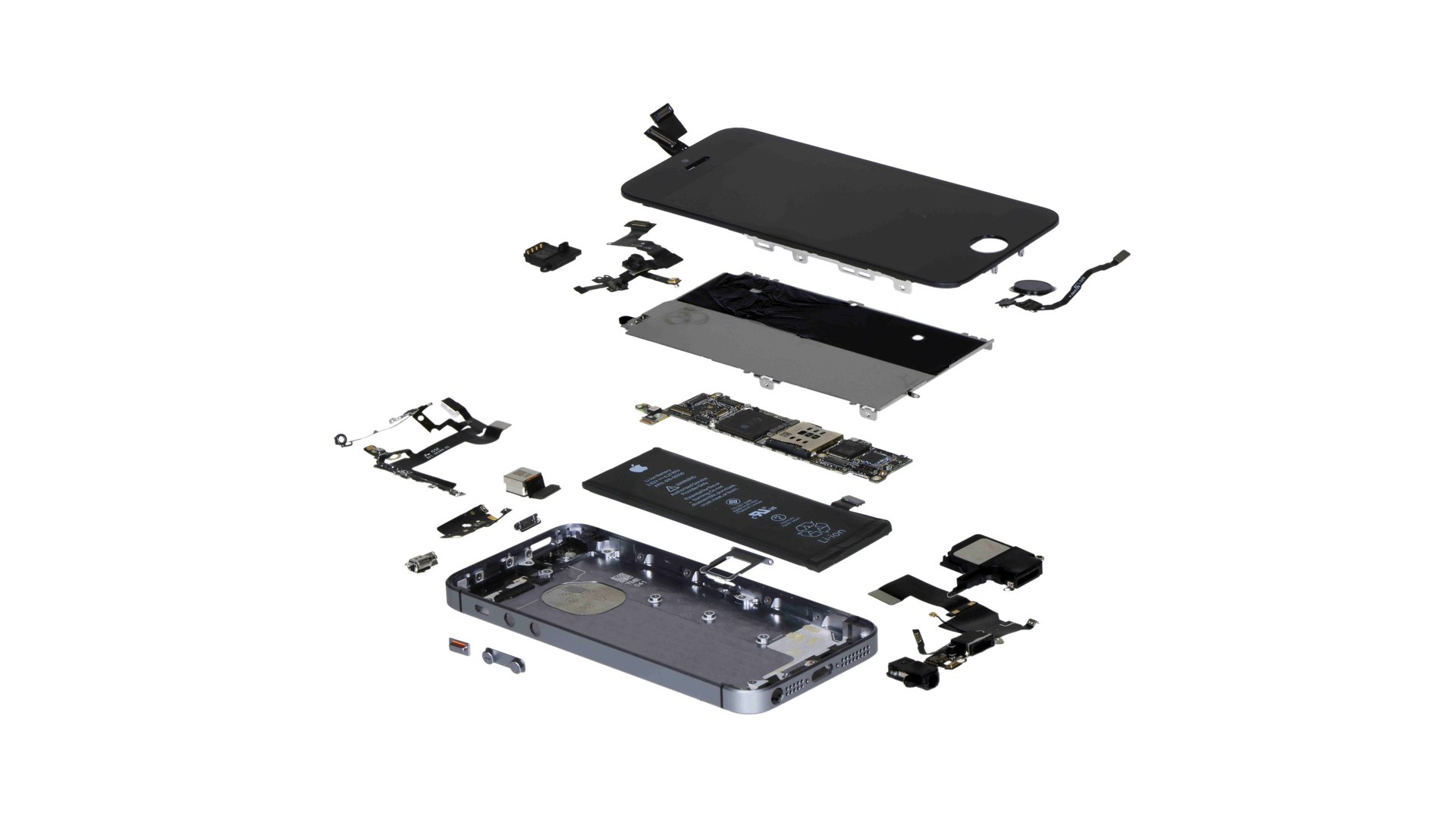The iPhone SE could be Apple’s least profitable phone ever
Apple’s newest iPhone costs less than previous models to make, but it could also generate the smallest amount of profit per phone, according to estimates by the research firm IHS.


Apple’s newest iPhone costs less than previous models to make, but it could also generate the smallest amount of profit per phone, according to estimates by the research firm IHS.
The researchers took apart the iPhone SE, which was launched Mar. 21, and found that the costs of materials and manufacturing came up to $160 for iPhone SE with 16GB of storage, the smallest capacity available. It retails for $399. That’s a difference of $239. The iPhone 6, by contrast, costs $200.10 to make and sold for $649 at launch. That’s a difference of $448.90. Here’s a list of what each component costs in the iPhone SE (pdf).
IHS has been doing these teardowns for awhile. Here’s a chart breaking down the costs of iPhone models over time, according to its estimates:
But that doesn’t mean Apple is necessarily sacrificing as much of its margins on the iPhone SE as the figures would suggest, analysts at IHS say. Although the absolute number of dollars Apple could stand to earn from selling an iPhone SE is lower than for its other models, Apple is betting that many buyers will get the more expensive 64GB model, not the entry-level 16GB one. That adds $89 in extra potential profit (or a 37% increase over the 16GB model) to Apple’s coffers per phone, says IHS.
IHS is quick to point out that its estimates don’t represent the gross margin for an iPhone. “Our analysis is only hardware costs, but there are many other costs that Apple incurs before you can calculate overall product margins,” says Andrew Rassweiler, senior director of the IHS teardown service. “We just don’t have enough information to say how much margin it actually is—just that one [model’s price to estimated cost ratio] is higher or lower than another.”
Apple may have saved some money on research and development for the iPhone SE. It’s not packed with new hardware and components, unlike other models. Instead, its innards are a hodge-podge of bits from three older models: the 5s (display, enclosure), 6 (radio-frequency components, front-facing camera) and 6s (processor, back-facing camera). ”Most new iPhones have mostly newer or more evolved components. This phone stands out as ‘mostly reused’,” says Rassweiler.
A Frankenstein-ed iPhone doesn’t have to be a bad thing. In fact, Rassweiler concludes that the combination of parts and price is a boon for consumers. “I think it’s a good deal, as most of the major features are very up-to-date and the discount is significant when compared to the base model iPhone 6s,” Rassweiler says.
Still, the question remains, will the iPhone SE be the hit among consumers seeking a cheaper, smaller smartphone that it was engineered to be? After all, Gartner expects global smartphone sales to only grow by single-digits this year, for the first time ever. Even Apple seems to be acknowledging that reality, with the iPhone SE,” said Wayne Lam, a principal analyst at IHS Technology.
“When the profit machine that is Apple capitulates to the market forces of a maturing industry,” he said, “it shows its tacit acknowledgement that even it is not immune to the dynamics of the global smartphone slowdown.”